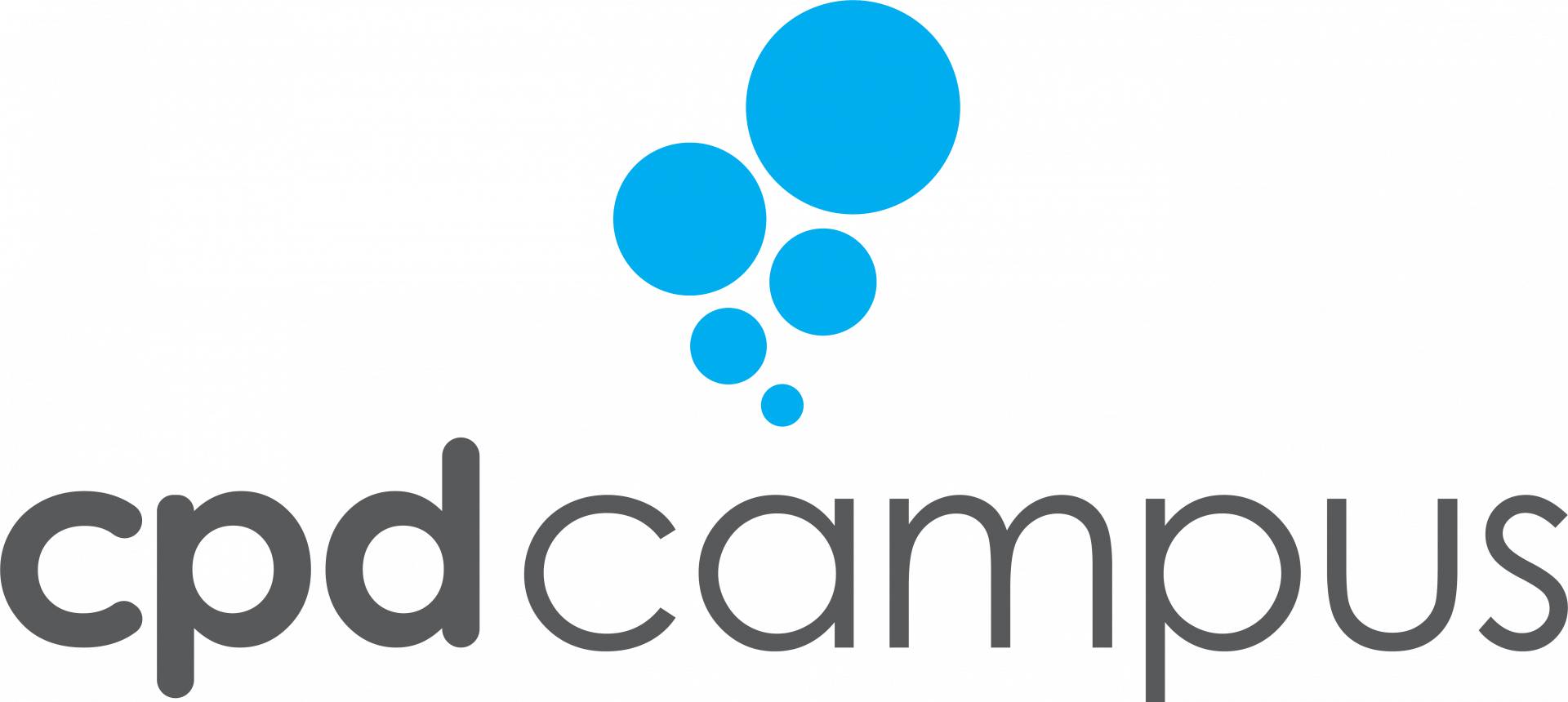You may have recently noted some professional bodies, such as the South African Institute for Chartered Accountants (SAICA) and the Independent Regulatory Board for Auditors (IRBA), abolishing their input-based models for continuing professional development (CPD) to make way for an outcome-based approach in professionally developing their member bodies. Professional bodies that have not done so yet, are expected to implement the same approach soon.
Why was the change effected? What is outcome-based CPD? How does it differ from input-based CPD?
In this blogpost, we get some answers.
Why the change to an outcome-based CPD model?
The accountancy and auditing professions, and not only in South Africa, currently find themselves navigating through tough times, facing a variety of challenges desperately needing resolution. To mention but a few:
What is outcome-based CPD?
Outcome-based CPD places a significantly larger responsibility upon the shoulders of the accounting and auditing professional to take control of and responsibility for his/her professional development. This CPD model requires the professional to undertake certain key tasks as part of the outcome-based CPD compliance process. They are:
How does outcome-based CPD differ from input-based CPD?
Input-based CPD models have, as a primary focus, the stipulation of specific inputs that should be obtained by the relevant professional person, for example, undertaking a certain number of hours of CPD per cycle. It has been found that this model under-emphasises the outcomes (i.e., what the professional person wishes/aims to achieve by undertaking the selected CPD event), and often leads to a “tick-box”-approach to CPD, which is sadly counter-productive to the pervasive objective of undertaking further professional development. The outcome-based CPD model, with certain exceptions, does not stipulate a minimum number of CPD hours to be undertaken by accounting and auditing professionals, and focuses on:
All the above therefore culminate in a professional development plan (or CPD Reflective Plan) that is unique to the individual, comprehensively constructed according to individualised needs and aimed at achieving the professional goals and ideals of the professional over the short-, medium- and long-term duration of his/her career.
In conclusion…
It is vital that the bigger picture is sought to be seen when pondering outcome-based CPD, as the success with which the professional can be developed, in the end, depends solely on his/her willingness to embrace it. In the end, it is well-known that horses can be led to water, but not be made to drink…
Brian Tracy was quoted as saying, “Those people who develop the ability to continuously acquire new and better forms of knowledge that they can apply to their work and to their lives will be the movers and shakers in our society for the indefinite future.”
What are you waiting for? What are the outcomes you will seek to further educate yourself about? Happy learning!
Why was the change effected? What is outcome-based CPD? How does it differ from input-based CPD?
In this blogpost, we get some answers.
Why the change to an outcome-based CPD model?
The accountancy and auditing professions, and not only in South Africa, currently find themselves navigating through tough times, facing a variety of challenges desperately needing resolution. To mention but a few:
- Embarrassing corporate accounting scandals, such as, inter alia, Steinhoff, Tongaat Hulett, VBS Bank, and various Gupta-owned companies, are plaguing the accountancy profession and leaving question marks hanging over the reliability of financial and non-financial reporting and the competence of the preparers of annual financial statements.
- The auditing watch dog in South Africa, commonly referred to as the IRBA, is living through a governance crisis that has seen the South African Minister of Finance, Mr Tito Mboweni, dissolve the entire IRBA board of directors and place the auditing watchdog under curatorship. A new board was announced recently under the leadership of Mr Fulvio Tonelli. The IRBA is also negotiating other challenges, such as dwindling numbers of registered auditors (RAs), let alone the scandals caused by material ethical transgressions and professional incompetence of certain of its members. The IRBAs international ranking per the World Economic Forum’s Global Competitiveness Report, where the quality of our auditing profession is ranked against other countries, declined from the top (1st) position for a consecutive seven years until 2016, to 49th in 2019.
- Members of both the accountancy and auditing professions are threatened by the possibility of redundancy brought about by the rapid advances in artificial intelligence (AI) and technology, the latter of which was hastened by the occurrence of the global Covid-19 pandemic. Accountants and auditors are now required to obtain a new skillset that, inadvertently, contains increased IT-related abilities and other business skills perching the accountant and/or auditor in a more future-ready professional position.
What is outcome-based CPD?
Outcome-based CPD places a significantly larger responsibility upon the shoulders of the accounting and auditing professional to take control of and responsibility for his/her professional development. This CPD model requires the professional to undertake certain key tasks as part of the outcome-based CPD compliance process. They are:
- Creating a professional profile. Carefully defining and selecting the professional pathway within which the professional functions, is a vital starting point of the outcome-based CPD model, as this pathway provides a directive of the key professional competencies that a professional should possess to adequately function within that pathway at their level of seniority.
- Self-assessing of proficiency in key competencies. Accounting and auditing professionals are required to objectively self-assess their ability (competence/proficiency) in the key professional competencies attached to their professional pathway.
- Benchmarking the self-assessment results. Once completed, the self-assessment’s results should be benchmarked against the required levels of proficiency of the professional body/ies to which the professional belongs. This step is vital, as it provides the professional with a clear indication of whether he/she possesses an adequate level of competence to fulfil their current role(s) and responsibilities, from the point of view of their professional body.
- Constructing a professional development plan. Once the accounting and auditing professional has a clear indication of professional strengths and weaknesses, he/she is then required to reflect on and construct an honest, realistic and comprehensive professional development plan, indicating the planning, action and reflective activities undertaken as part of their annual compliance. No professional development plan is expected to be perfect! Hence, it is expected that the professional development strategy is stratified into short-, medium- and long-term professional goals and ideals.
- Recordkeeping and submission. Professionals are often required to submit proof of their professional development plan to the professional bodies to which they belong. For example, both SAICA and IRBA require their members to submit their professional development plans to them should they be selected for monitoring purposes. The selected members are then audited for compliance and further assessed accordingly.
How does outcome-based CPD differ from input-based CPD?
Input-based CPD models have, as a primary focus, the stipulation of specific inputs that should be obtained by the relevant professional person, for example, undertaking a certain number of hours of CPD per cycle. It has been found that this model under-emphasises the outcomes (i.e., what the professional person wishes/aims to achieve by undertaking the selected CPD event), and often leads to a “tick-box”-approach to CPD, which is sadly counter-productive to the pervasive objective of undertaking further professional development. The outcome-based CPD model, with certain exceptions, does not stipulate a minimum number of CPD hours to be undertaken by accounting and auditing professionals, and focuses on:
- The specific circumstances of the professional requiring CPD.
- The individual professional goals and ideals of the professional.
- The self-identified weaknesses in and threats to the current, and future, professional role(s) and responsibilities of the professional.
All the above therefore culminate in a professional development plan (or CPD Reflective Plan) that is unique to the individual, comprehensively constructed according to individualised needs and aimed at achieving the professional goals and ideals of the professional over the short-, medium- and long-term duration of his/her career.
In conclusion…
It is vital that the bigger picture is sought to be seen when pondering outcome-based CPD, as the success with which the professional can be developed, in the end, depends solely on his/her willingness to embrace it. In the end, it is well-known that horses can be led to water, but not be made to drink…
Brian Tracy was quoted as saying, “Those people who develop the ability to continuously acquire new and better forms of knowledge that they can apply to their work and to their lives will be the movers and shakers in our society for the indefinite future.”
What are you waiting for? What are the outcomes you will seek to further educate yourself about? Happy learning!


